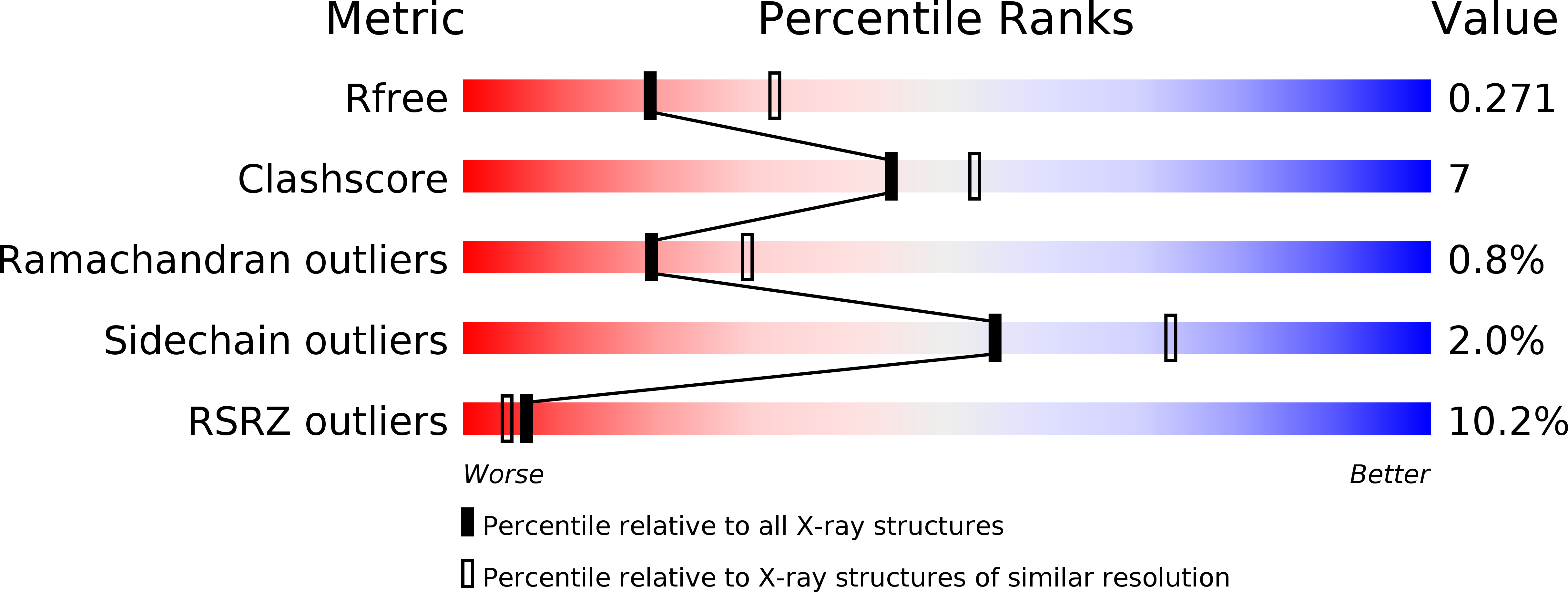
Deposition Date
2013-04-18
Release Date
2014-09-03
Last Version Date
2024-11-06
Entry Detail
PDB ID:
4K8O
Keywords:
Title:
CRYSTAL STRUCTURE OF THE ATPASE DOMAIN OF TAP1 WITH ATP (D645N, D651A MUTANT)
Biological Source:
Source Organism:
Rattus norvegicus (Taxon ID: 10116)
Host Organism:
Method Details:
Experimental Method:
Resolution:
2.65 Å
R-Value Free:
0.27
R-Value Work:
0.24
R-Value Observed:
0.24
Space Group:
C 2 2 21


